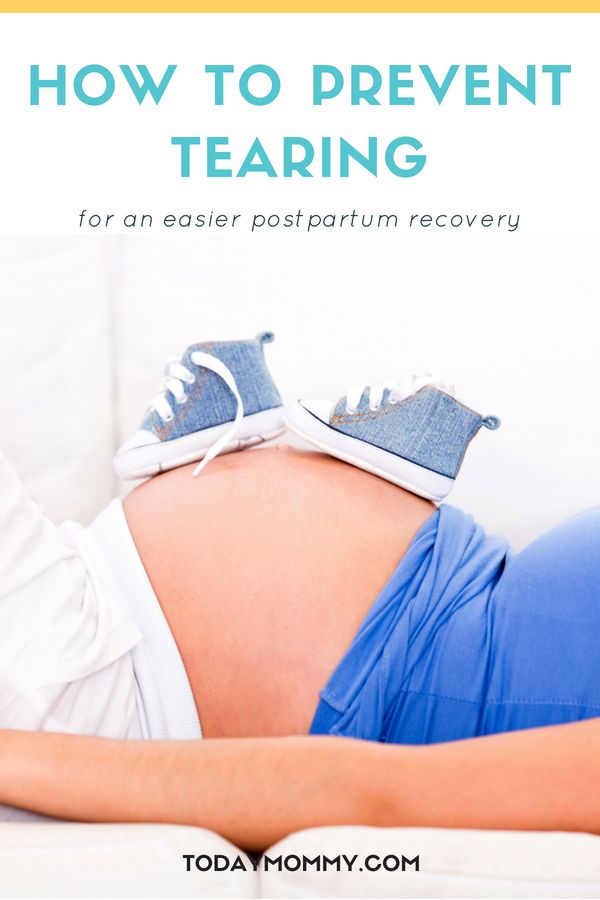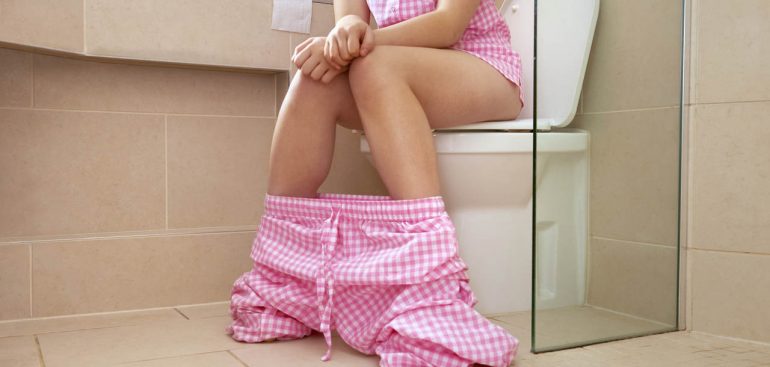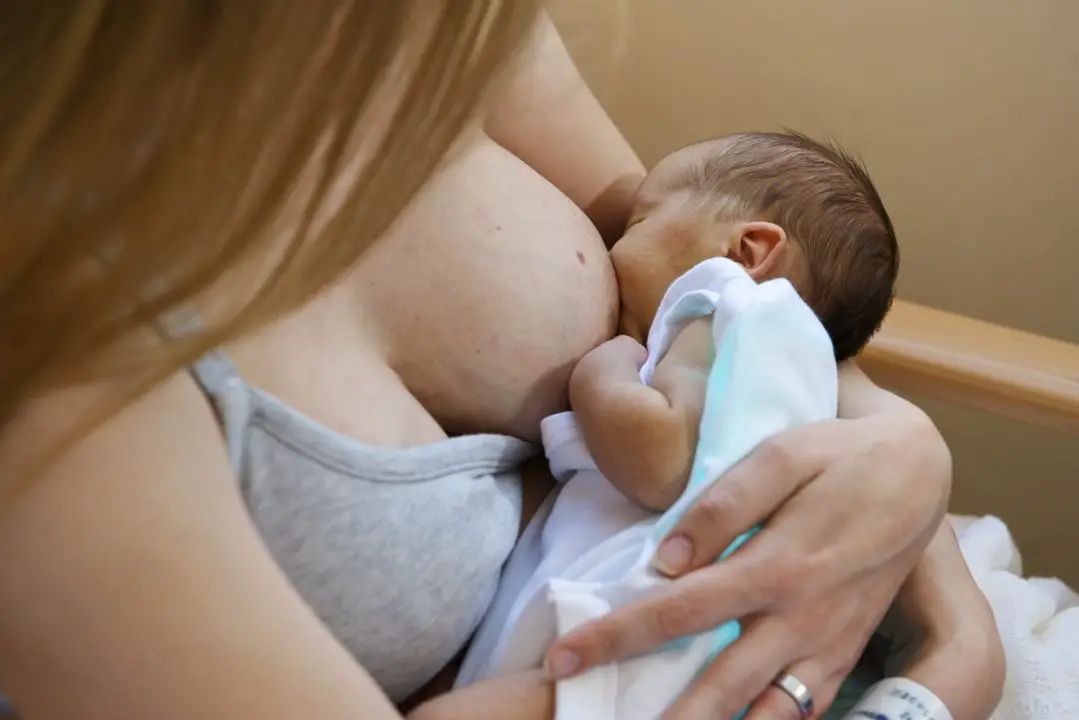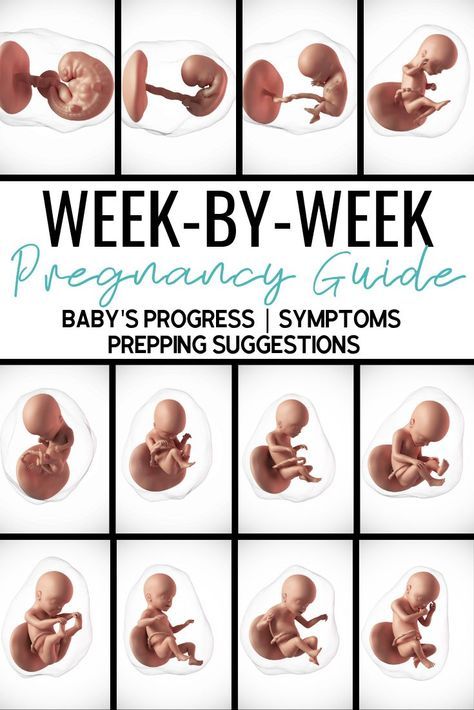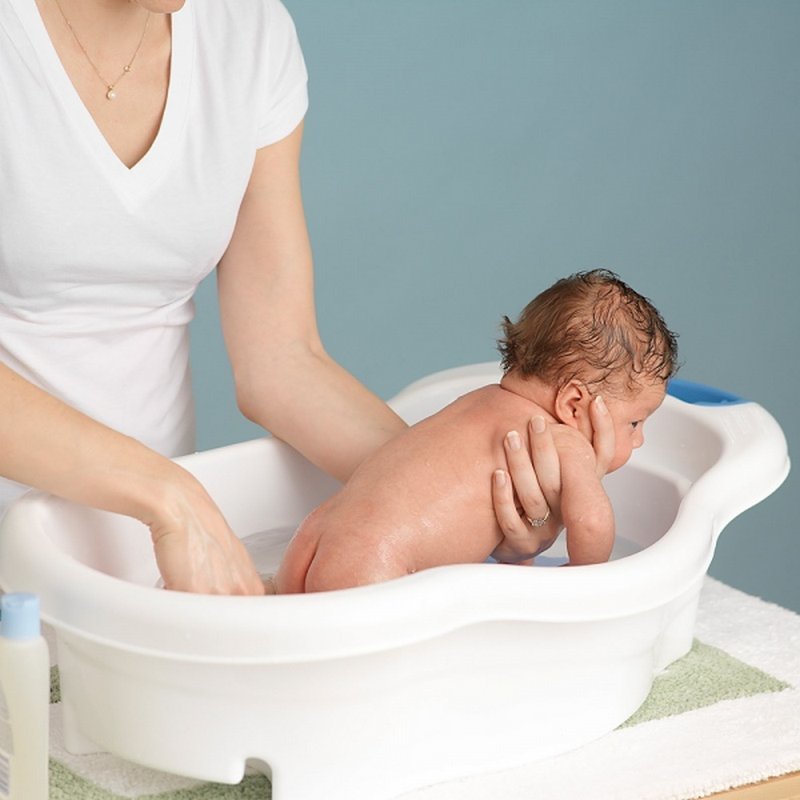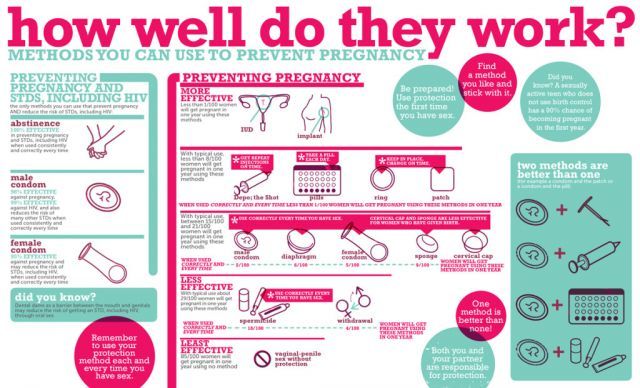Can you keep your placenta
What To Do With Your Placenta After Birth
Many people feel squeamish when placentas are discussed, but they are truly amazing as your body has grown an entirely new organ to sustain your baby. In fact, in other cultures, such as Maori in New Zealand, the placenta is treated with so much respect that it is returned to the land in a burial ceremony.
Even if you are turned off by the thought of keeping your placenta, once you have given birth, do try to have a look at this amazing organ that has kept your baby alive for all those months inside you. Your midwife can show you the structures and how it worked for you and your baby.
Different things to do with your placenta
Until relatively recently, not many women in the UK considered what to do with their placentas after their births. Now there are many ways in which you might consider utilising this special organ rather than tossing it into the clinical waste bin to be incinerated.
A lotus birth
It may come as a surprise, but not everyone cuts the cord after their baby is born and in fact not even after their placenta is born. A lotus birth is when the cord is never cut but allowed to separate naturally from the baby over time. The cord naturally clamps shut after it has stopped pulsating and then slowly dries to a twig like consistency. Separation usually occurs from around 3 days after the birth. This obviously creates the dilemma that there is a large organ attached by the cord to the baby that will be decomposing.
To help prevent infections and offensive odours the placenta is washed twice a day with water, then a blend of herbs and Epsom salts are massaged into it. It is then placed into a waterproof bag and then into a cloth bag.
Whilst most people may think this idea is a little crazy and wonder why you would go to such lengths, those who have had a lotus birth, report that their babies have an easier and calmer transition from intra uterine life to the outside world. Having a lotus birth certainly has the potential to prevent the baby from being moved and passed around a lot during the early days after birth. This could encourage mother and baby bonding and help to establish breastfeeding, by limiting mother and baby separation time.
This could encourage mother and baby bonding and help to establish breastfeeding, by limiting mother and baby separation time.
Encapsulating
This is the process of drying out the whole of the placenta, either in an oven or a dehydrator. The remains are then ground into a powder, which is made into capsules and taken when needed by the woman in this tablet form.
The theory behind this practice is that the placenta is full of hormones and nutrients that have rejuvenating properties, which help to restore strength and energy after pregnancy and birth, as well as potentially warding off postnatal depression. You can encapsulate your placenta yourself if you have an oven or dehydrator, a grinder and the capsules can be bought off the internet. However, for a reasonable fee, there are professionals in most parts of the UK who will come and collect your placenta, do this work and return it to you in tablet form.
Smoothies
The same thinking applies to this as above regarding its beneficial qualities to help mum to recover after the birth. Although the concept of eating your placenta may seem extreme or weird, humans are actually the odd ones out. Alongside camels, we are one of the very few mammals who do not consume their placentas.
Although the concept of eating your placenta may seem extreme or weird, humans are actually the odd ones out. Alongside camels, we are one of the very few mammals who do not consume their placentas.
If you decide to use your placenta in a smoothie, you can freeze it in portions and a small (spoon-sized) amount can be added to a normal fruit smoothie whenever you feel as though you need a boost in the postnatal period. Apparently it doesn’t alter the taste of the fruit!
Plant a tree
In Asian countries, such as Indonesia, it is quite normal to bury the placenta and plant a tree on top of it, as the placenta is considered sacred and this is a ritualistic part of the birth process. It is also considered to connect the human who it nourished to their place of birth.
It is easy to see why a plant or tree would benefit from this rich, nutrient-infused fertiliser, but if you plan to do this, make sure you dig sufficiently deep enough so as not to attract local wildlife.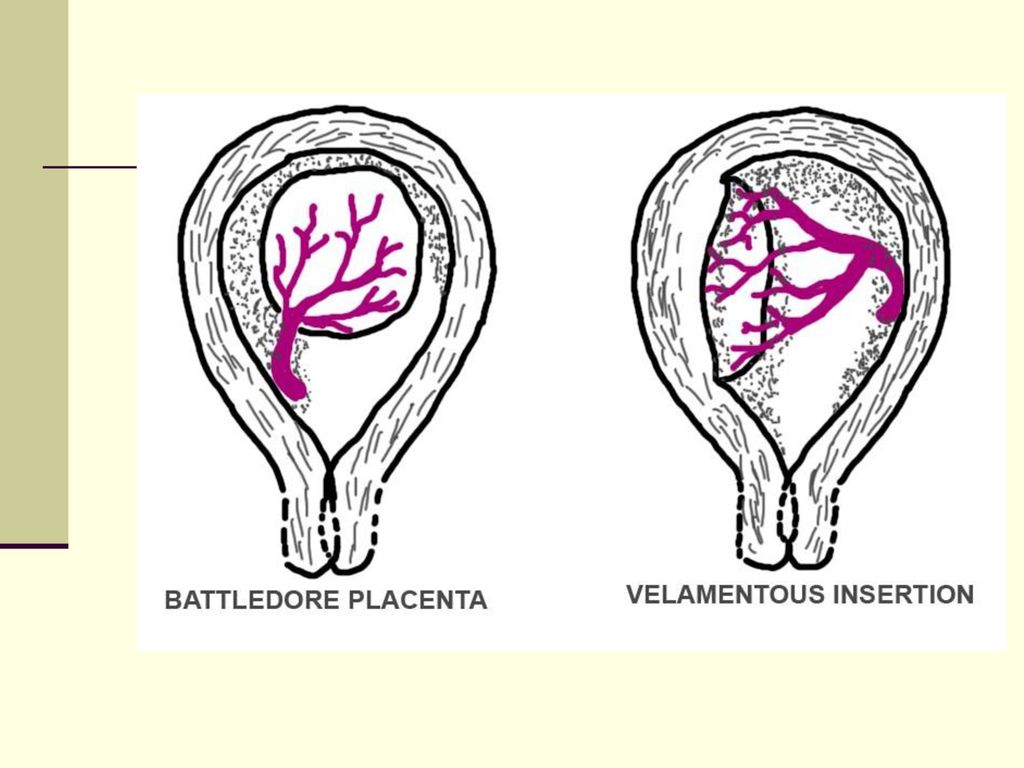
Placenta prints
A placenta print can make a pretty picture to frame. The print resembles a tree with branches when done and it’s certainly a unique and usual piece to hang on your wall. Once washed you can paint the side of the placenta you wish to print in your chosen colours, then press it onto a good quality piece of art paper.
Drying the cord
It is possible to shape a heart or a flower (or any shape you fancy) when the cord is pliable. You can then allow it to dry and have it as a keepsake. There are also companies who can make part of your cord or placenta into jewellery.
Freezing
If you are unsure what to do with your placenta you can freeze it until you make up your mind. People have been known to keep their placentas for months or years before deciding.
Summary
Your placenta is amazing and has nourished your baby throughout your pregnancy. Reading about some of the different ways to utilise or get creative with your placenta may well give you some ideas for using your own placenta.
Will The Hospital Give You Your Placenta? Here's What You Need To Know
Life
nataliaderiabina/Fotolia
by Elizabeth Helen Spencer
If the uterus is the strongest human muscle, the placenta is the coolest human organ. It grows from scratch when you become pregnant and supports the fetus with oxygen, nutrients, and waste disposal. The placenta even has its own stage of labor — it's the third — and gets delivered vaginally (or removed during a cesarean section) after your baby. With all the wonders this organ performs in just nine months, it's no wonder that women in many cultures keep their placenta after birth. In the United States, will the hospital give you your placenta? The answer may depend on the hospital's particular approach or policy, as well as the condition of your placenta, reported Parents. If the placenta was damaged during pregnancy, it may need to be tested to determine any risks to the baby.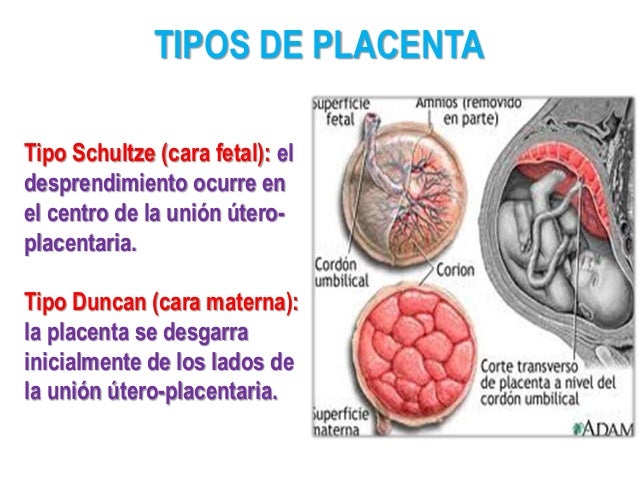
"Every hospital has their own policy regarding placenta release, but almost always the placenta can be released immediately," says Heather Meyer, a Certified Placenta Alchemist who has encapsulated more than 700 placentas since 2012. Whether you plan to encapsulate or have a different reason for bringing your placenta home, Meyer tells Romper she recommends contacting the hospital in advance so you can make plans around their policy. In her experience working with clients, "some hospitals want to hold the placenta anywhere from 24 to 72 hours, and some want the placenta out of the hospital within a couple of hours." If you deliver at a freestanding birth center you may find not just cooperation with your wish, but enthusiastic support for placenta encapsulation.
Knowing how the hospital will handle your placenta release request helps you coordinate with any third parties involved in your plans. If you simply wish to take your placenta home and bury it, or otherwise plan to handle it yourself, you'll need to know what type of materials, if any, the hospital wants you to transport your placenta in. Or they may give it back to you already packaged. Your OB may be able to answer some of your questions, too, if they've had previous patients who kept their placentas. As for encapsulators, Meyer says they all have their own methods. "I provide my clients with everything they need in one kit. They take that kit to the hospital, the nurse packs up the placenta, puts it in the cooler, then someone puts ice on it and calls me to arrange pick up."
Or they may give it back to you already packaged. Your OB may be able to answer some of your questions, too, if they've had previous patients who kept their placentas. As for encapsulators, Meyer says they all have their own methods. "I provide my clients with everything they need in one kit. They take that kit to the hospital, the nurse packs up the placenta, puts it in the cooler, then someone puts ice on it and calls me to arrange pick up."
If you're skeptical about the hassle or expense of keeping your placenta (encapsulation, for example, can cost between $100 to $300 depending on your area), you may be wondering why it's worth it. For some women and families, it's symbolic. They want to bury the placenta next to a newly planted tree to symbolize humans' connection with the earth and have another reminder of their baby's growth. Others like the idea of turning the placenta and/or umbilical cord into a keepsake item like a picture frame, piece of jewelry, or ornament.
Consuming a placenta (the official term is placentophagy) may seem like the strangest option of all, but it's actually common among other land mammals, reported The Las Vegas Sun in its article "10 Interesting Facts About Eating Placenta.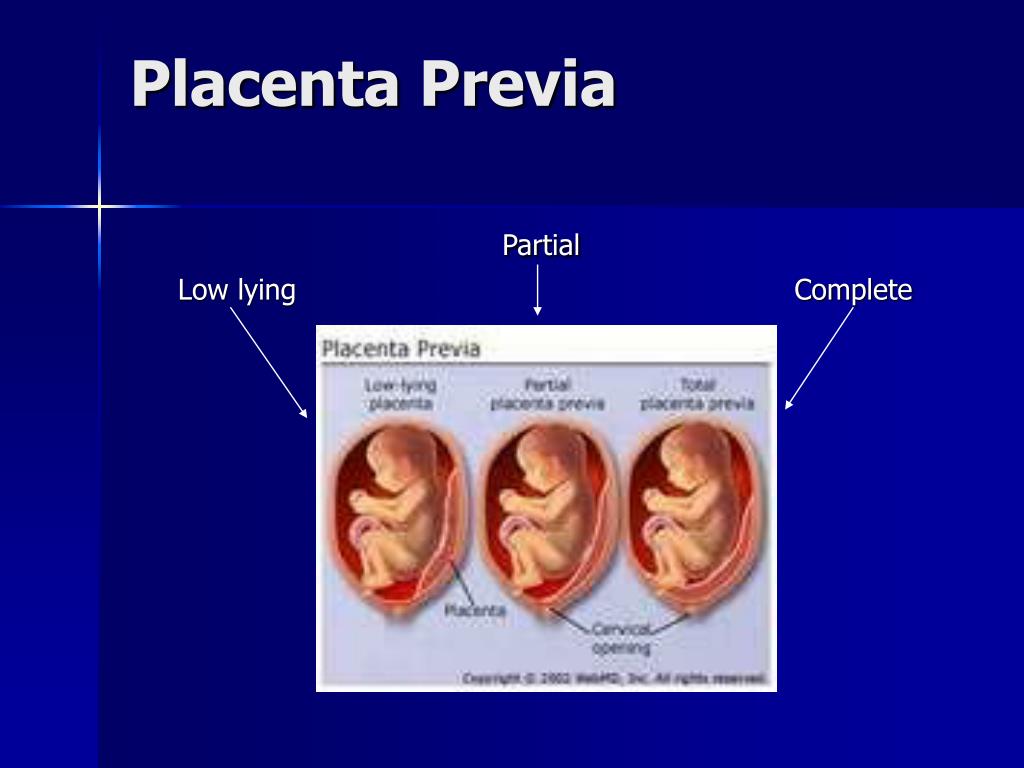 " Asked to name the top three benefits of placentophagy, Meyer says that the main reasons her clients choose encapsulation are "the potential benefits of a faster recovery, stable moods, and general postpartum well being."
" Asked to name the top three benefits of placentophagy, Meyer says that the main reasons her clients choose encapsulation are "the potential benefits of a faster recovery, stable moods, and general postpartum well being."
On the other hand, some doctors like Jennifer Gunter have called for more scientific research on the health benefits of consuming your placenta before we reach a consensus. A 2017 article in Science reports on two recent studies that conclude "new moms who consume their placentas experience no significant changes in their moods, energy levels, hormone levels, or in bonding with their new infant, when compared with moms ingesting a placebo." However, the same article quoted Melissa Cheyney, a midwife and medical anthropologist, as saying there is no harm in eating your placenta if you think it will help, as long as you acquire it safely. So do your research with the hospital and your doctor, talk to professional placenta encapsulators like Meyer if you wish to go that route, and make the choice that feels right to you.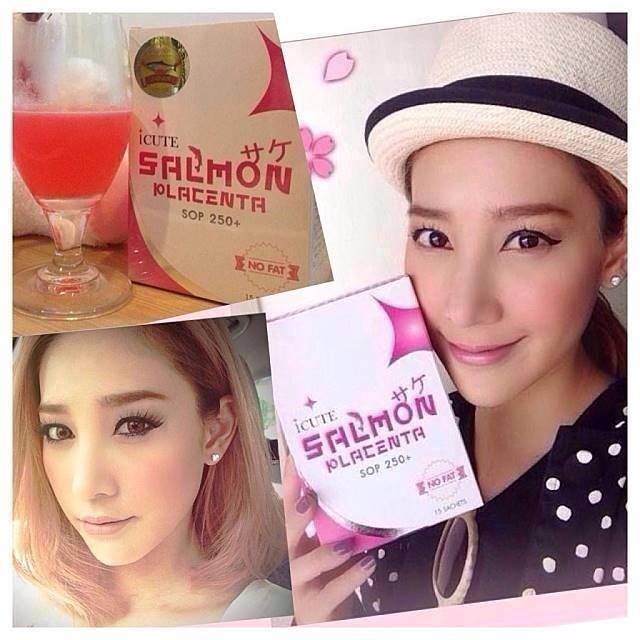
Check out Romper's new video series, Bearing The Motherload, where disagreeing parents from different sides of an issue sit down with a mediator and talk about how to support (and not judge) each other’s parenting perspectives. New episodes air Mondays on Facebook.
What to do with the placenta? 10 uses
The placenta (baby place, afterbirth, storage) is a unique organ. It appears only for 8-9 months to provide the unborn child with oxygen and all the necessary nutrients, but after the third stage of labor it becomes unnecessary. What can be done with the placenta after the doctor examined it and said that everything is in order? There are at least 10 options, and each has its supporters.
Eat. This is exactly what female placental mammals do after giving birth, even herbivores. After all, the afterbirth contains many valuable nutrients, and after giving birth in the wild, you need to restore strength as soon as possible in order to be able to run and get food again.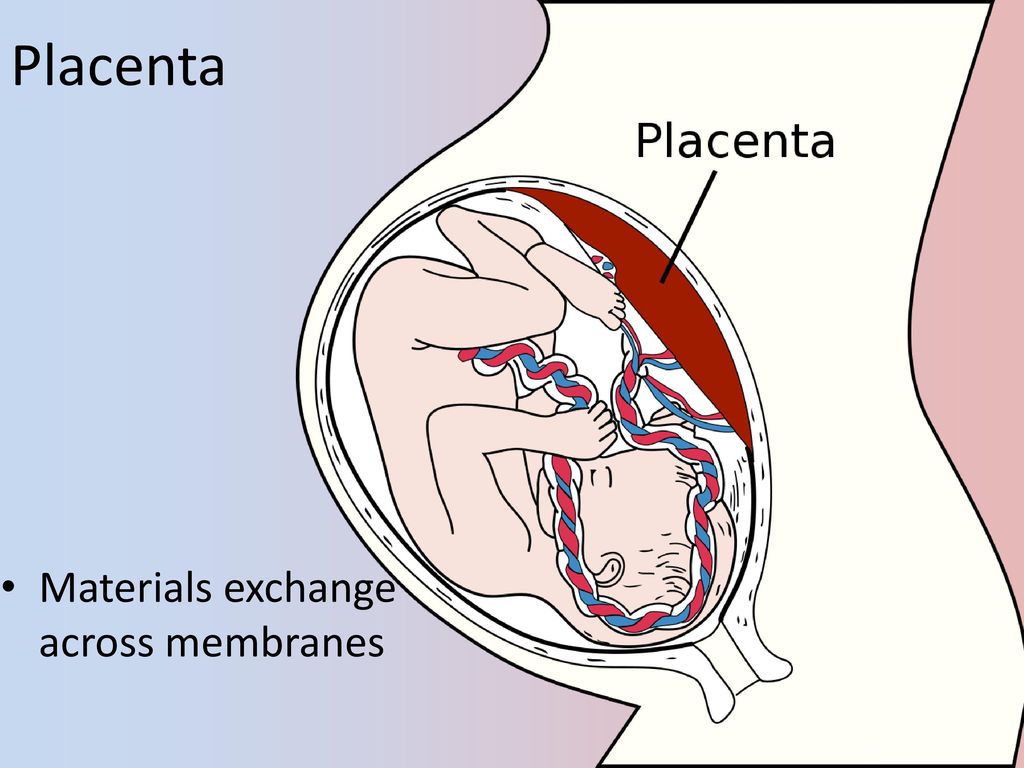
Women still do this too, especially in parts of Asia. Some experts recommend eating the placenta for the prevention of postpartum depression and anemia. However, in our time, placentophagy has acquired many exotic forms: since it is rather problematic for a civilized person to simply eat a raw afterbirth, as in the wild, the placenta is either heat-treated, like ordinary meat, or smoothies are prepared, or encapsulated. To do this, the placenta must be steam-dried, turned into powder, and then taken in the form of capsules. Of course, only those who have the appropriate technical capabilities resort to such methods. However, you should be aware of the risks: the placenta contains hormones, is not sterile, and may even be infected.
Bury. In our climatic latitudes, the placenta was most often buried in the ground. This could be accompanied by rituals: the placenta was washed, sprinkled with fragrant herbs, spices, put in an embroidered bag (they could cover it with a layer of wet clay and dry it so that it would not become food for wild animals), and only then they put it in a specially prepared hole - under the house, in a wasteland but most often under a tree.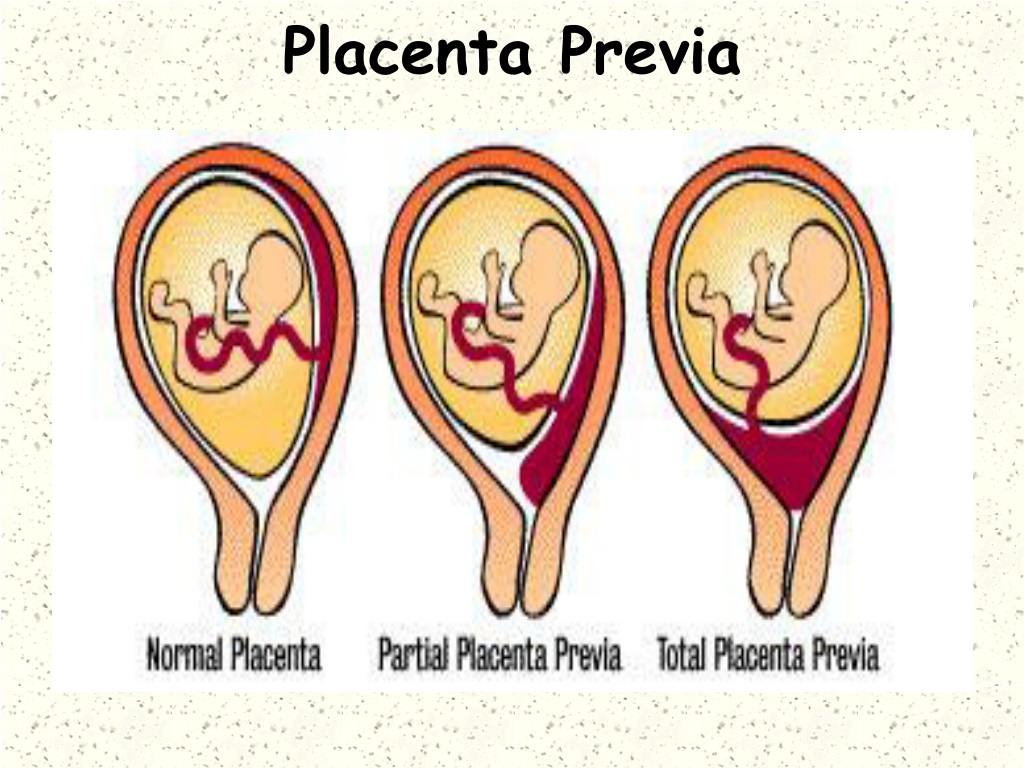 If a girl was born, the placenta was buried under a "female" tree - for example, an apple tree. If the family was replenished with a boy, the children's place was buried under a maple or oak tree so that the guy would grow up strong and powerful. Nowadays, the placenta can be buried under the so-called "family tree" to ensure the baby's health and well-being, or they can simply be buried in a flower bed - they say, this is how flowers grow better.
If a girl was born, the placenta was buried under a "female" tree - for example, an apple tree. If the family was replenished with a boy, the children's place was buried under a maple or oak tree so that the guy would grow up strong and powerful. Nowadays, the placenta can be buried under the so-called "family tree" to ensure the baby's health and well-being, or they can simply be buried in a flower bed - they say, this is how flowers grow better.
Bury. In some countries (particularly on the island of Bali), it is customary not just to bury the placenta, but to ritually hide it in a cemetery, believing that it is a living being.
Make a decoration. The placenta looks good in epoxy, so some women order a pendant, bracelet, ring or necklace from their own placenta from jewelers. Such decoration should symbolize the bond between mother and child.
Dry for memory. Dried placentas are sometimes used in art compositions or sewn into toys.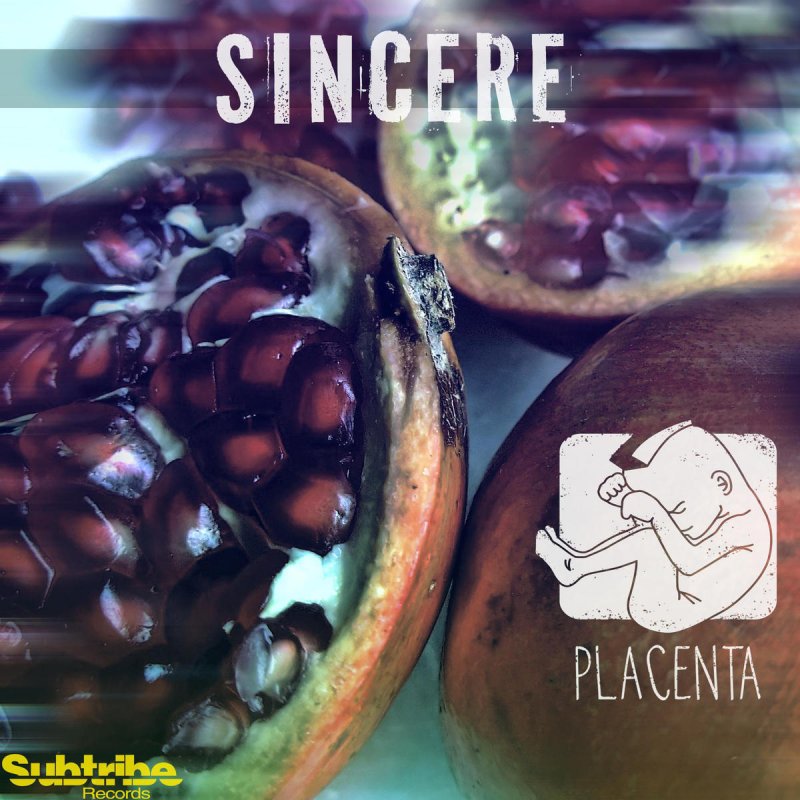
Sell. Cosmetics made using the placenta are very popular on the market - creams, gels, serums, shampoos, etc. Especially effective are products with a placenta in anti-aging cosmetology - because in this way you can stimulate the appearance of new cells, as well as activate the production of collagen and elastin, and the skin becomes more elastic. Therefore, some women sell their afterbirth. Although, of course, you won’t earn a lot of money this way.
Use in homemade skin cream. However, a cream that will help heal the skin, reduce scars and stretch marks, and even heal sore or cracked nipples is even made independently. To do this, placenta powder is added to other components.
Dispose of. In Ukraine, this is the most common scenario for the development of events. Maternity hospitals are guided by a protocol for handling biowaste: after the completion of the third stage of labor, the placenta is examined and sent for freezing in a special chamber. When it is full, the placentas are taken for disposal - more often they are buried, less often they are burned.
When it is full, the placentas are taken for disposal - more often they are buried, less often they are burned.
Deposit in the cryobank. Today, the placenta - like cord blood - is used to isolate the most valuable mesenchymal stem cells. Even now, stem cells are successfully used for the treatment of various diseases and in cosmetology, this area is rightly called "medicine of the XXI century." Therefore, such a “contribution” can be a very profitable investment in the health of the child and the longevity of the parents. Interestingly, stem cells are obtained from a smaller part of the placenta, from the amnion and chorion, which are genetically related to the child. The remains of the placenta can be used as the family decides, because everyone has their own opinion and traditions of the family.
Read also 10 unique facts about the placenta
Nutrition of a pregnant woman
So, your plans and decisions to have a baby come true - you are pregnant! But this news causes you a double feeling: - on the one hand, a feeling of joy, and on the other hand, a feeling of certain fear and even fear of unknown trials for your life and the fate of the unborn baby.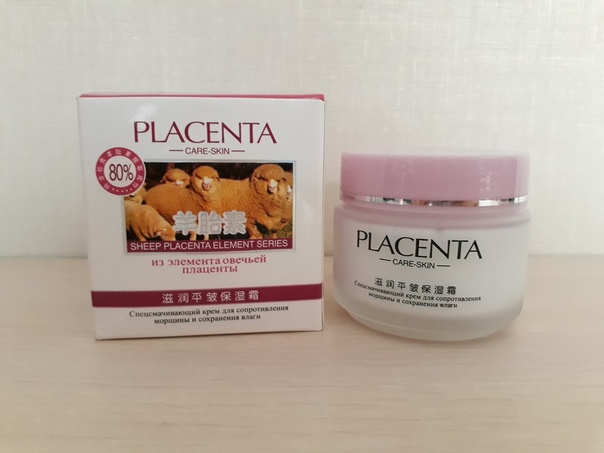 What will he be like? - healthy, beautiful, happy?...
What will he be like? - healthy, beautiful, happy?...
And this largely depends on the woman herself, on what lifestyle she will lead during pregnancy and, most importantly, how she will eat.
Nutrition of a woman in different periods of pregnancy
The main thing in the menu of a future mother is variety. She should consume foods from all food groups: meat, fish, vegetables and fruits, dairy products, bread and cereals.
A woman's nutrition during pregnancy can be roughly divided into three periods (trimesters).
If before pregnancy a woman ate normally, felt comfortable, did not experience allergies to any products, then it is not worth changing her diet at an early stage of the first trimester of pregnancy.
During this period, all organs and systems in the child's body are formed, tissues are formed. The body needs complete proteins and vitamins: lean meat (rabbit, chicken, turkey), fish and seafood, dairy products. Be sure to eat rice, fresh or frozen vegetables, seasonal fruits.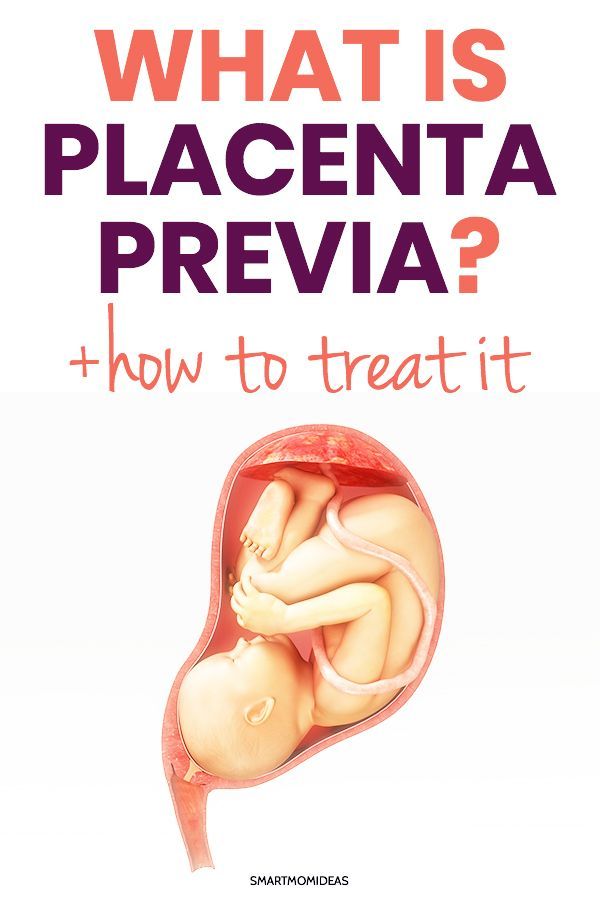 In the first trimester, many expectant mothers are still working. No matter how difficult it is to control your diet in the workplace, you need to do it - find time for a full breakfast and lunch.
In the first trimester, many expectant mothers are still working. No matter how difficult it is to control your diet in the workplace, you need to do it - find time for a full breakfast and lunch.
In the first trimester of pregnancy, there is an active restructuring of the body and adaptation to a new state. During this period, it is recommended to switch to a low-calorie diet, which includes more fruits, juices, decoctions of dried fruits, including rose hips. At the very beginning of pregnancy, especially if toxicosis torments, more frequent, but less plentiful meals are recommended.
Always keep a hematogen, a bag of nuts or dried fruit in your pocket to have a snack on the street. If your condition does not allow you to eat regular food, you should pay attention to baby food. Baby products literally save expectant mothers suffering from severe toxicosis. These are boxed cereals, children's curds, cookies and fruit purees.
In the first trimester, special attention must be paid to the quality of products. Gradually abandon sauces, semi-finished products and canned food containing harmful chemical additives. Do not forget that the placenta freely accumulates and passes chemistry. The importance of products containing folic acid is great, without it intensive metabolism is impossible, its deficiency can cause developmental abnormalities. Folic acid is found in greens, nuts, white cabbage and broccoli, beets, legumes, and eggs.
Gradually abandon sauces, semi-finished products and canned food containing harmful chemical additives. Do not forget that the placenta freely accumulates and passes chemistry. The importance of products containing folic acid is great, without it intensive metabolism is impossible, its deficiency can cause developmental abnormalities. Folic acid is found in greens, nuts, white cabbage and broccoli, beets, legumes, and eggs.
According to nutritionists, the diet of pregnant women should be 300 kcal / day higher than that of non-pregnant women, but in the first trimester there is no need to increase the energy value of the diet at all; in the second trimester, an additional 340 kcal / day is required; in the third trimester - 452 kcal / day. Pregnant women generally get enough calories, and more than 80% of women achieve and even exceed the required weight gain. These extra calories benefit the fetus. An underweight woman should gain 16–20 kg during her entire pregnancy, an overweight woman about 7 kg, and a normal body weight of 11–12 kg.
In the second trimester there are active jumps in the height and weight of the baby and uterus, so the caloric content of the diet needs to be increased. It is desirable to eat more and better. At this time, the need for trace elements increases: iron, magnesium, zinc, selenium, calcium, potassium. The child creates his own "reserve" of trace elements using the mother's resource, which means that the mother should have enough of them for two.
Very often in pregnant women in the second trimester hemoglobin drops, this is a normal physiological phenomenon, if it is not threatening to health. You can increase hemoglobin by eating red meat, chicken, fish, dried fruits, pomegranates, green vegetables and fresh herbs, buckwheat, citrus fruits (oranges, grapefruits, pomelo, lemons), rosehip and berry infusions.
In the second trimester, a pregnant woman should limit the intake of smoked and fried foods, as well as salt in her diet. In no case should you limit the liquid.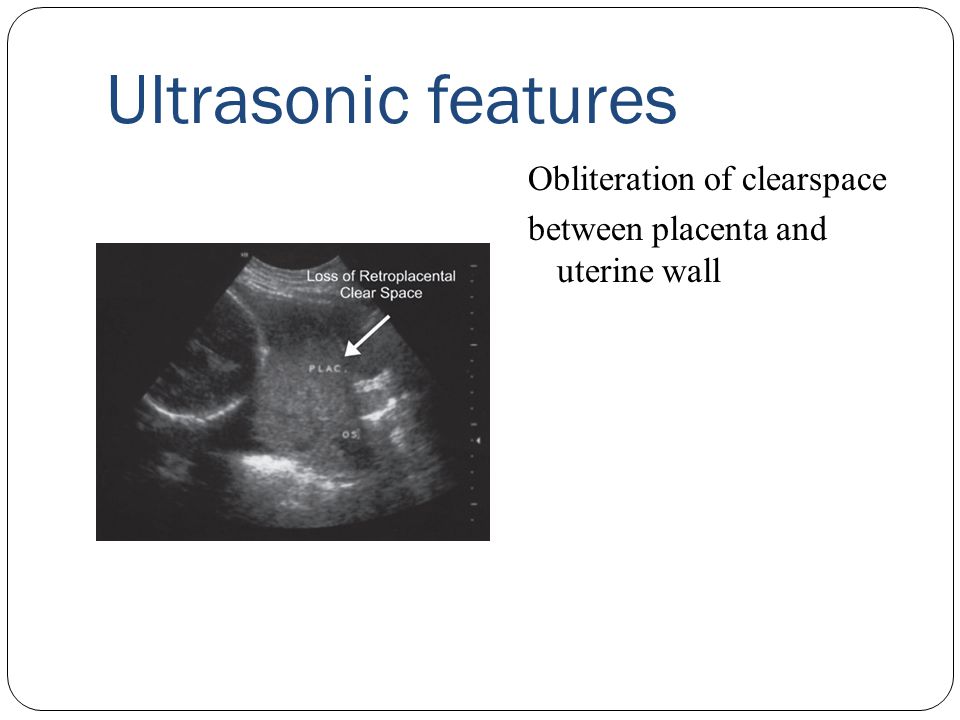 Pure water is the best drink for a pregnant woman, and water should be consumed up to 2-2.5 liters per day. Water is a natural drink for the body, it does not cause complications and has no contraindications. Edema is caused not by water, but by salt, which we not only add in its pure form, but also consume with canned food, mayonnaise, cheese, and sausage. The absence of salt is not harmful, it is naturally found in many products: vegetables, bread, so the diet will not remain completely without it. Excess salt disrupts metabolism.
Pure water is the best drink for a pregnant woman, and water should be consumed up to 2-2.5 liters per day. Water is a natural drink for the body, it does not cause complications and has no contraindications. Edema is caused not by water, but by salt, which we not only add in its pure form, but also consume with canned food, mayonnaise, cheese, and sausage. The absence of salt is not harmful, it is naturally found in many products: vegetables, bread, so the diet will not remain completely without it. Excess salt disrupts metabolism.
During this period, you can increase the calorie content of food. Childbirth must be approached physically strong. It is better to eat meat and fish in the morning, for breakfast and lunch, and for dinner, prepare dairy and vegetable dishes: cheesecakes, stewed vegetables, cottage cheese and vegetable casseroles. It is necessary to minimize the intake of canned food, smoked meats, pickles and marinades, hot spices and fatty foods. Frequent walks in the air, physical activity are recommended.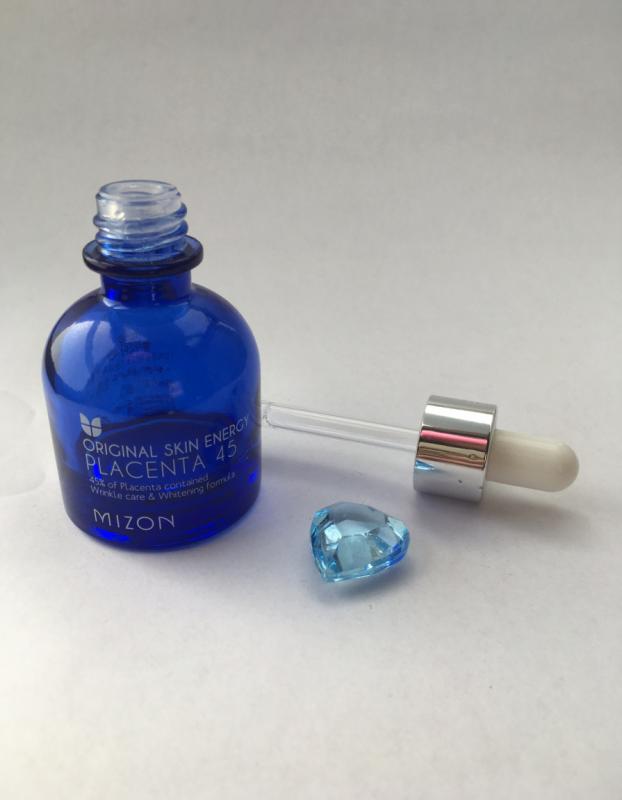
In the third trimester, it is necessary to reduce the calorie content of foods at the expense of confectionery and flour products, eat less fatty meat, as well as cheese and sour cream.
By the end of this period, many experts advise pregnant women to give up meat altogether in order to increase tissue elasticity and prevent ruptures.
During the entire period of pregnancy, special attention should be paid to the combination of products. If you combine foods wisely, you can ensure more efficient absorption of food. If the food is digested poorly, then this can lead to rotting and fermentation of products and the formation of substances harmful to the body of the mother and child. In addition, the fermentation process is accompanied by gas formation, which can lead to flatulence (bloating) and discomfort. This is especially harmful in the last stages of pregnancy.
Try not to take the first, second and third course at the same time; this overflows the stomach and presses on the fetus, the food is poorly digested and poorly absorbed.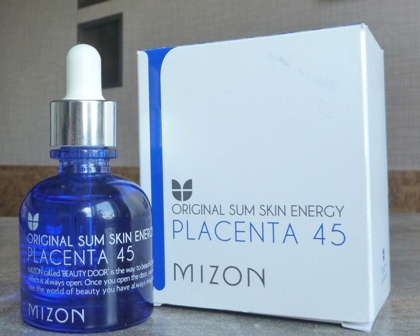 Eat little and often. It is not recommended to eat immediately before starting work, a long walk, before charging and immediately after it; it is advisable to rest for 10 minutes before eating.
Eat little and often. It is not recommended to eat immediately before starting work, a long walk, before charging and immediately after it; it is advisable to rest for 10 minutes before eating.
Eat only when you are hungry, try not to snack on the go. Follow the diet, eat at about the same time.
Proper preparation of food will help to maximize the useful substances contained in the products. Do not overcook food, try not to reheat the same dish several times, it is better to set aside only the portion that will be used. Cook in the most gentle way: baking, steaming, stewing. Avoid frying, boiling in large amounts of water, with this method of processing products, many useful substances are lost. If possible, do not cook for several days at once. Do not use aluminum cookware when cooking. Remember that for a pregnant woman, it is not calories that are important, but the quality of food, its naturalness, primarily a “living cell” (whole cereals, raw vegetables and fruits, fresh meat and dairy products).
What can harm the pregnant woman and the fetus
Smoking and alcohol – quit smoking from the first days of pregnancy, if you have smoked before, avoid "passive" smoking, and do not consume alcoholic beverages in any doses.
Lack of vitamins and microelements in the body - their absence or deficiency can lead to irreparable consequences. So, for example, iodine deficiency can lead to mental retardation of a child, folic acid deficiency - to severe fetal deformities, calcium deficiency - to a violation of the formation of the child's skeleton, iron deficiency - to anemia and a delay in the physical and neuropsychic development of the child. It is necessary to consult a doctor, perhaps he will recommend switching to iodized salt, as well as supplementing your diet with a vitamin-mineral complex and folic acid.
Excess weight is the risk of having a large child, which means the risk of complications during childbirth and the child's tendency to become obese at an older age.
